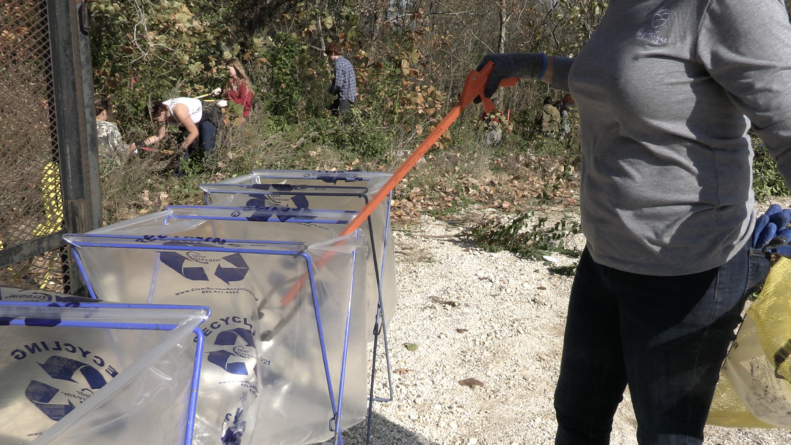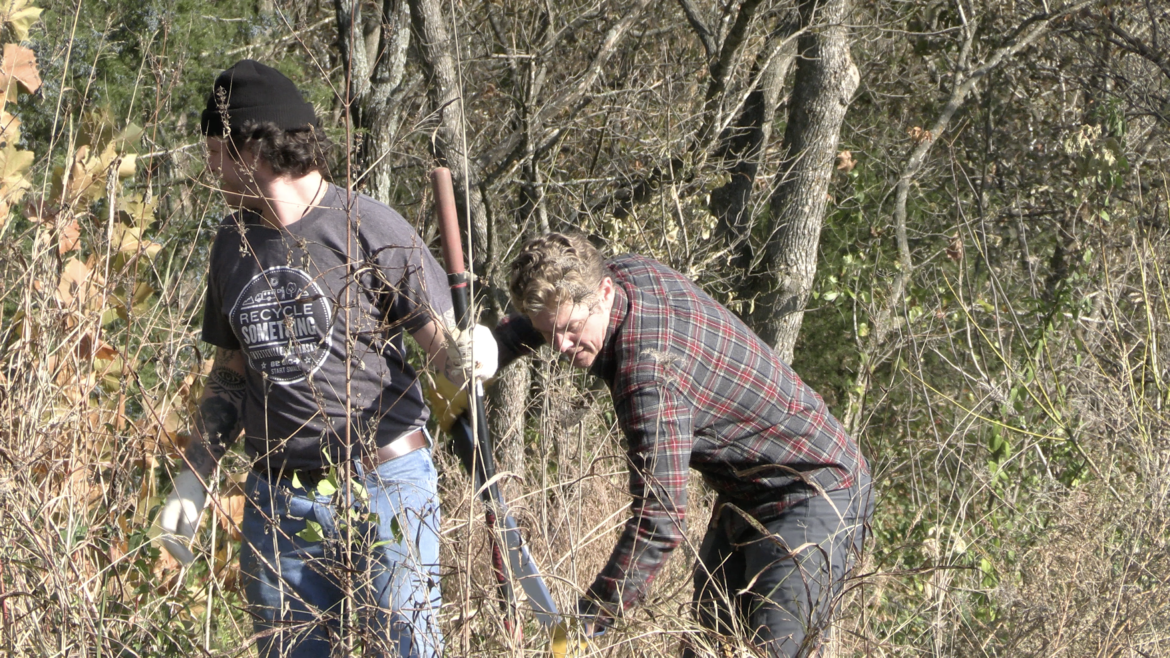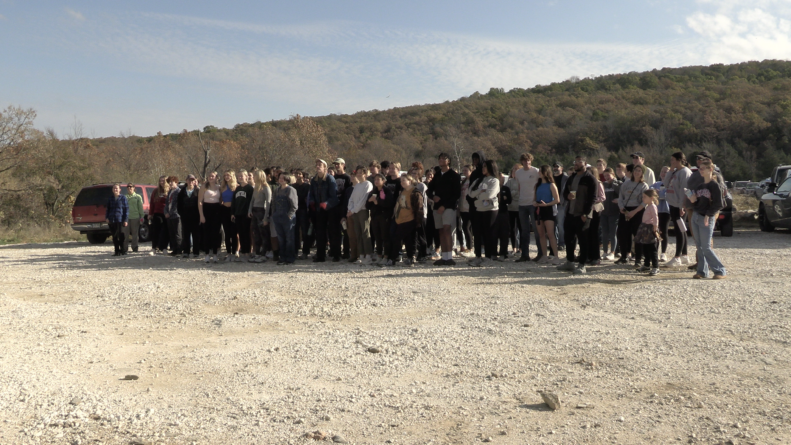By: Jessica Znidarsic
Arkansas is known as the Natural State, and there are many organizations within the Northwest Arkansas area specifically that are helping the state maintain its natural beauty.
The Sierra Student Coalition of the University of Arkansas is one of those organizations helping keep the Natural State beautiful.
This specific chapter of the Sierra Student Coalition is one of many groups across the United States, and there are over 3.8 million members within the Sierra Club as a whole.
Charlie Mcormick, the Vice President of the U of A’s Sierra Student Coalition says that enjoying the outdoor spaces around the University and beyond is a privilege.
“If you enjoy it, cleaning up after yourself, and being able to protect those natural spaces is wonderful.”
The Coalition is “a group of students working to promote sustainability in our community, as well as protecting the natural world around us.”
They offer local trail clean ups, invasive species removals, hiking and camping, and increasing educational access through qualified guest speakers.
Recently, the Sierra Student Coalition partnered with the City of Fayetteville and Pack Rat, to pull an invasive species of plants near Lake Wilson. Along with the invasive species pull, there was a trail cleanup to remove litter and debris from the lake and surrounding trails.
Kristina Jones, the volunteer coordinator for Fayetteville Public Works, said that this cleanup and invasive species pull had the largest turn out that they have seen.
“It says a lot about the volunteers taking time out of their day to improve one of our parks for the community.”
100 volunteers showed up to the clean up, and all ages were present. Two volunteers, Heather Summers and her daughter, showed up to participate in the clean up.
“Its nice to hike with a purpose and spend some time together.”
Summers’ daughter is a girl scout, and her troop had been to Lake Wilson before for hiking and other events, and being able to come back and clean up the lake meant a lot to them.
Those who participated in the invasive clean up were specifically targeting an invasive species called Bush Honeysuckle, also known as Amur Honeysuckle. This plant originated from far Eastern Asia, specifically Magnolia, China, Russia, and North Korea.
Bush Honeysuckle limits the sunlight that can be taken in by other native plant seedlings, giving the honeysuckle a greater chance of overtaking native plants. Bush Honeysuckle also spreads from the roots, and may emit a chemical which can inhibit the growth of other native plants.
Birds and other animals eat the berries on the stems of the bush honeysuckle, and spread the seeds, allowing it to spread across multiple areas to continue to overtake native plant life in the area.
Volunteers were taught how to use tools to remove this invasive plant, John D L Shadwick, an professor for the U of A’’s Biological Sciences department.
A Pullerbear, more commonly known as a Weed Wrench, was used to pull the roots of the plants up from the ground to make way for local plantlife to grow in place of the invasive species. Volunteers also used shovels, shears, saws, and pickaxes to remove the invasive species.
The event was one of many that the Sierra Student Coalition hosted throughout the year, and though the club’s events have ended for the year, the Coalition continues to encourage those interested to plan their own trail cleanups to help continue to keep the community free of litter, debris, and invasive species.



